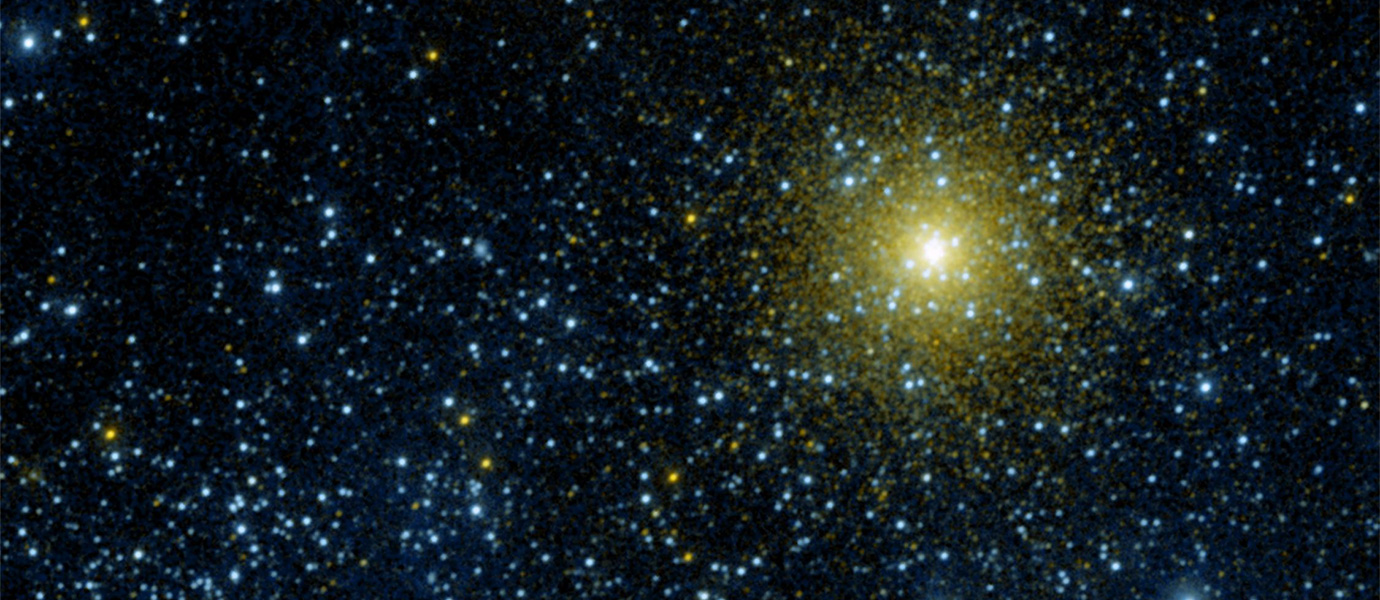ABOUT
Banneker Planetarium
In operation since 1966, the Community College of Baltimore County Benjamin Banneker Planetarium is a classroom-sized facility that hosts free shows for student and scout groups throughout the spring and fall. The Planetarium was named for Benjamin Banneker, a free African American who lived in the neighboring area of Oella, as well as a self-taught man of science who authored a series of almanacs during the 1790s.
contact info
Hrs: Weekdays, By appointment.
HELPFUL LESSON PLAN(S)
Prepared by FieldTripDirectory.com
Planetarium Lesson Plan
FUN FACTS
Earth has more exposed water than land. Three quarters of the Earth is covered by water! The earth has one moon.
Venus is the brightest planet in our sky and can sometimes be seen with the naked eye if you know where to look. It is the solar system’s brightest planet — yellow clouds of sulfuric acid reflect the sun’s light.
Jupiter is so big that you could fit all the other planets in the solar system inside it.
Pluto is no longer considered a planet — instead, astronomers call it a dwarf planet or planetoid.
View Lesson Plan>>ABOUT
Banneker Planetarium
In operation since 1966, the Community College of Baltimore County Benjamin Banneker Planetarium is a classroom-sized facility that hosts free shows for student and scout groups throughout the spring and fall. The Planetarium was named for Benjamin Banneker, a free African American who lived in the neighboring area of Oella, as well as a self-taught man of science who authored a series of almanacs during the 1790s.
contact info
Hrs: Weekdays, By appointment.
HELPFUL LESSON PLAN(S)
Prepared by FieldTripDirectory.com
Planetarium Lesson Plan
FUN FACTS
Earth has more exposed water than land. Three quarters of the Earth is covered by water! The earth has one moon.
Venus is the brightest planet in our sky and can sometimes be seen with the naked eye if you know where to look. It is the solar system’s brightest planet — yellow clouds of sulfuric acid reflect the sun’s light.
Jupiter is so big that you could fit all the other planets in the solar system inside it.
Pluto is no longer considered a planet — instead, astronomers call it a dwarf planet or planetoid.
View Lesson Plan>>
